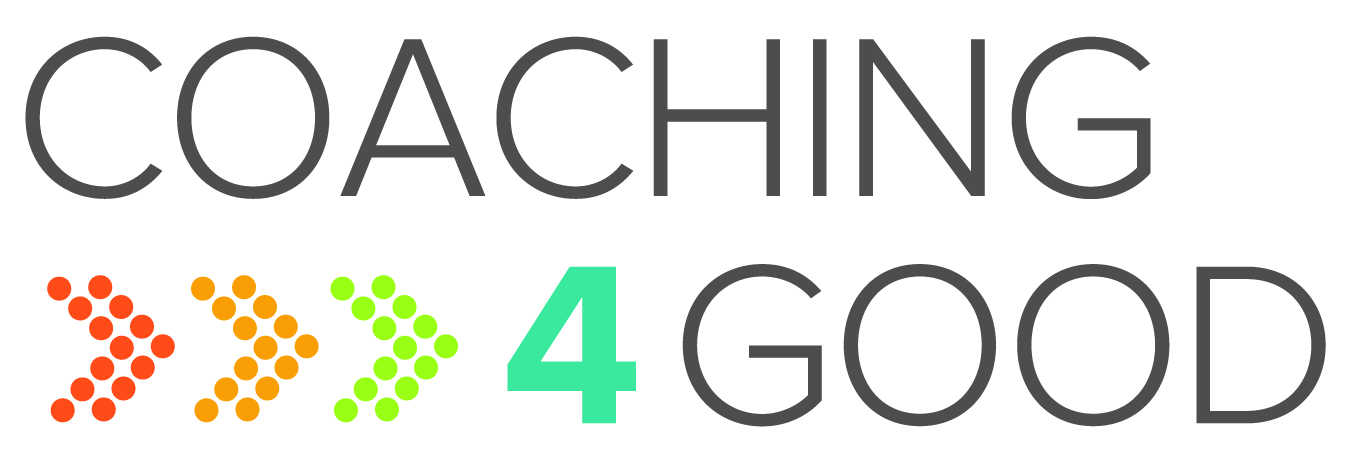Guest blog sharing good insight on the upside of failing at work.
-Amy
My pilot program officially bombed today… for the second time. I sat there with my boss and we talked about why the participants never embraced the pilot program. My boss wanted results and we didn’t have any. He was agitated. Then it got worse when I told him that the pilot WAS successful!
This incident coincided with some reading I was doing. One of the chapters in Smartcuts by Shane Snow discussed how failure can help you reach your goal faster. It gave me a healthy perspective on my recent failure so I wanted to share a few stories about how to turn failing at work into succeeding at work.
Back to the pilot… and that look on my boss’ face…
What failing at work looks like
The pilot failed for a few reasons:
- I hadn’t given the participants a full perspective of how they should incorporate this new process into their daily activities.
- The participants already had an overwhelming number of priorities on their plate.
- The managers of the participants were not working together to make the changes.
Ideally, we wanted to show how these new processes would impact the bottom line but we couldn’t get the data because we couldn’t get the pilot team to use the new processes. We were conducting a pilot for 4 people before we rolled it out to the entire force of 500 people.
We wanted to see if the content was good but what we uncovered was flawed assumptions about how our team learns new processes. Organizational change is not easy and we wound up finding five major obstacles that needed to be addressed first.
Could you imagine if we rolled this into a larger roll out? That would have been the wrong stage to fail on!
Instead we learned this with only four people and with two weeks of time. So instead of stats we uncovered a pretty important area I had overlooked. This failure was really a success because we learned, we learned fast and now we are pivoting. The next pilot will look dramatically different and we will try to fail even faster so we can get to the next pivot sooner.
Learn when you fail
Do you know where there’s a lot of daily failure? Sales. To succeed in sales, they say you need thick skin. Yes you need to be able to handle failing at work but, more importantly, you need to know what to do with failure.
When it comes to failing at selling, there are two types of individuals:
- Keep on using the same techniques hoping that a next prospect will react positively to your message.
- Look for the lesson after each sales call, adjust for it, and try something new on the next call.
The latter attitude is how you find the best time to call, the right tone to use, the optimal opening line, etc. Embracing failing at work, in fact, speed up your failures! The more you fail the more things you can learn. Don’t just learn but apply what you learn into a new hypothesis and new experiment on your next cold call or email.
Build your laboratory
The very nature of programming is to fail often. This is why the right development tools and dev-test environments are critical. Failure is the business and speed is what gets new products to market first. Writing a line of code is, really, an experiment. It may work, it may not. The key is try something, fail, pivot, and try something new.
Later, rinse, repeat.
My mom was a programmer back in the 60’s and 70’s. To test their programs, they had to convert their programs to “punch cards”, physically take them down to the mainframe room and leave them overnight to be compiled. In the morning, if you had one little error, you knew it! It’s archaic by today’s standards but can you imagine how frustrating that must have been!?
Programming tasks can be quite large so think in terms of experiments. How can you break your tasks down to a series of experiments? How can you quickly iterate and try new experiments? What tools and equipment do you need to run your experiments quickly? Set an appropriate amount of time for testing and clearly define what success looks like. Get in your zone and then crush it!
We are all scientists
“Experimentation” is a more accurate term than “failing at work“. The spirit of testing and experimenting is needed to find answers to new and challenging questions, no matter what field or department you are in:
- Marketing: what pain points are relevant to this audience?
- Sales: what do I say in my email intro to get a response?
- HR: what mix of investment options should we offer in our 401k?
- Programming: how do we store this data in multiple systems?
- Engineering: how do we shrink our circuit design?
Think about what experiments you can be running in your job to improve the way your department operates. Most of us don’t think this way because it is additional stuff to do. Think bigger!
Choosing an appropriate scale
There is an extreme here, that you need to be wary of: too many experiments. You need to adjust the amount of time you spend on experiments based on the size of the problem and the potential impact of solving it. If you want to send a human to Mars then you’ll need a few years, a few billion dollars and a lot of experiments. If you want to find the best of three subject lines, then spend two additional hours testing them with 1,000 recipients – no need to work on it for a week!
So break out of your fear of “failing” at work. When you fear failure, your goal turns into following the process rather than achieving breakthrough success.
Amy Wolfgang
Amy Wolfgang is a career coach who founded Wolfgang Career Coaching and co-founded Coaching 4 Good. She brings over 15 years of corporate and coaching experience to help organizations boost employee engagement while simultaneously helping her clients excel in their careers. She is a certified PCM (Professional Career Manager) and has a Master’s degree in Educational Psychology from The University of Texas at Austin.








Stay In Touch